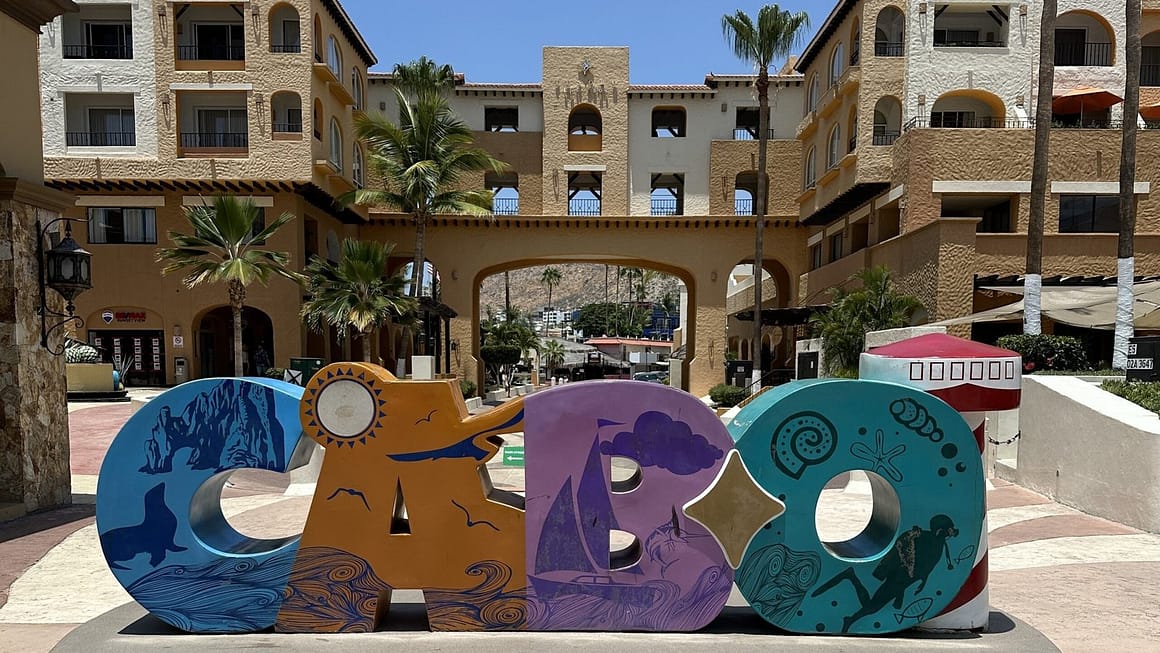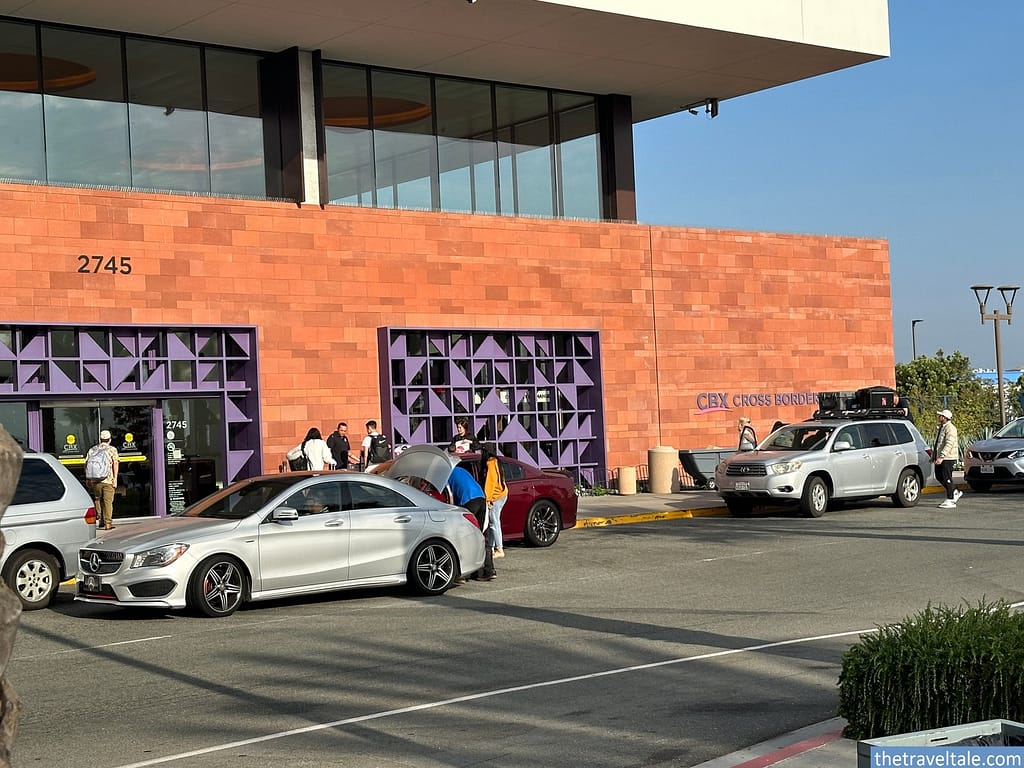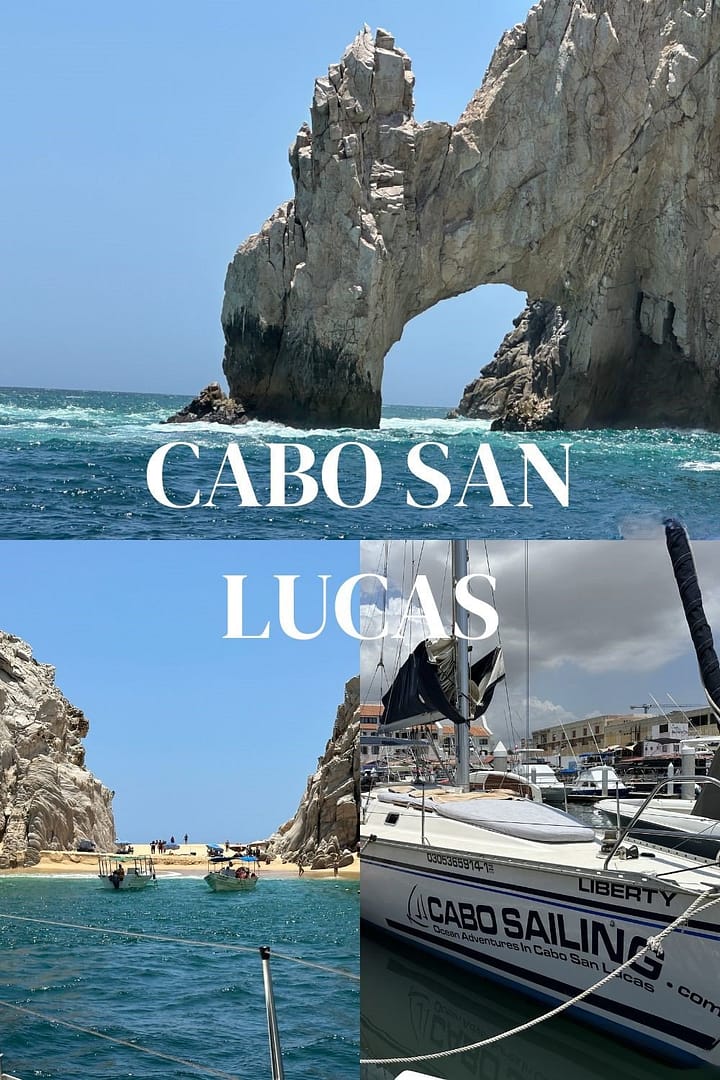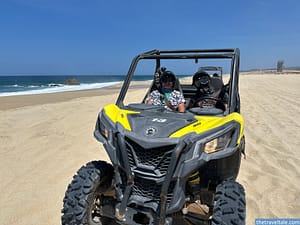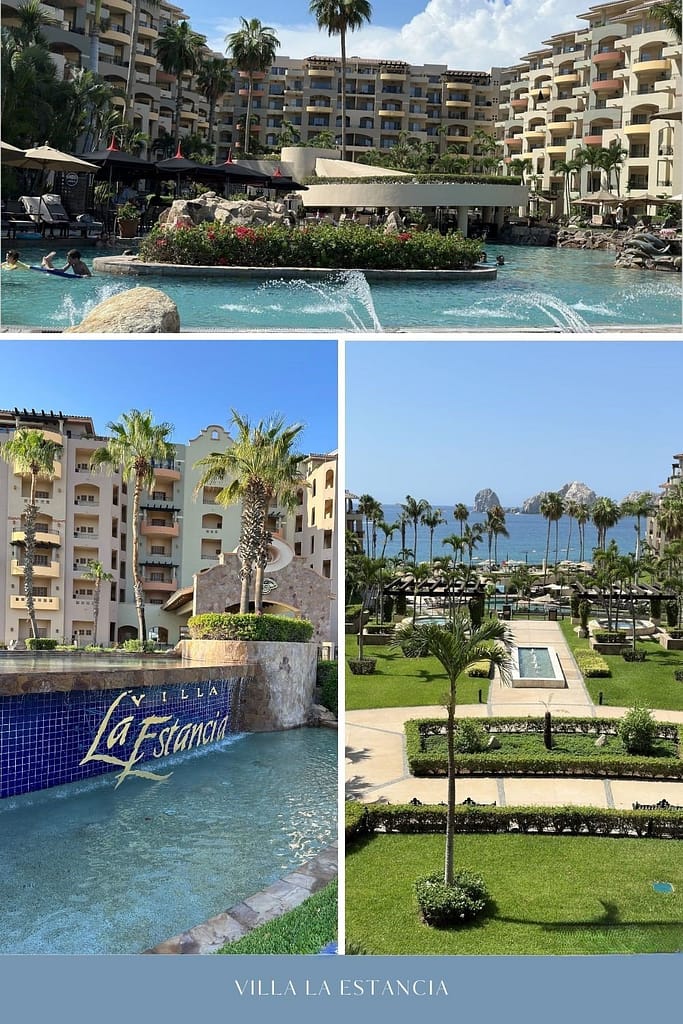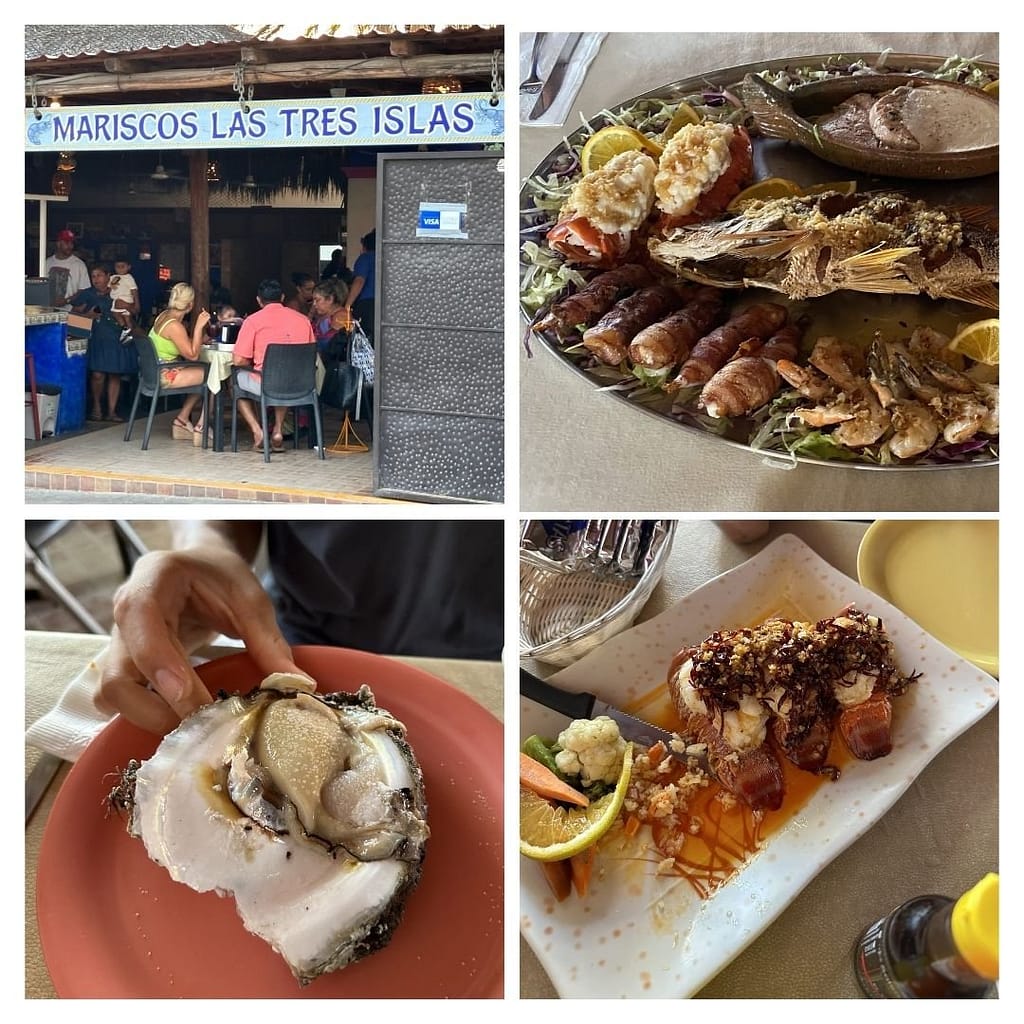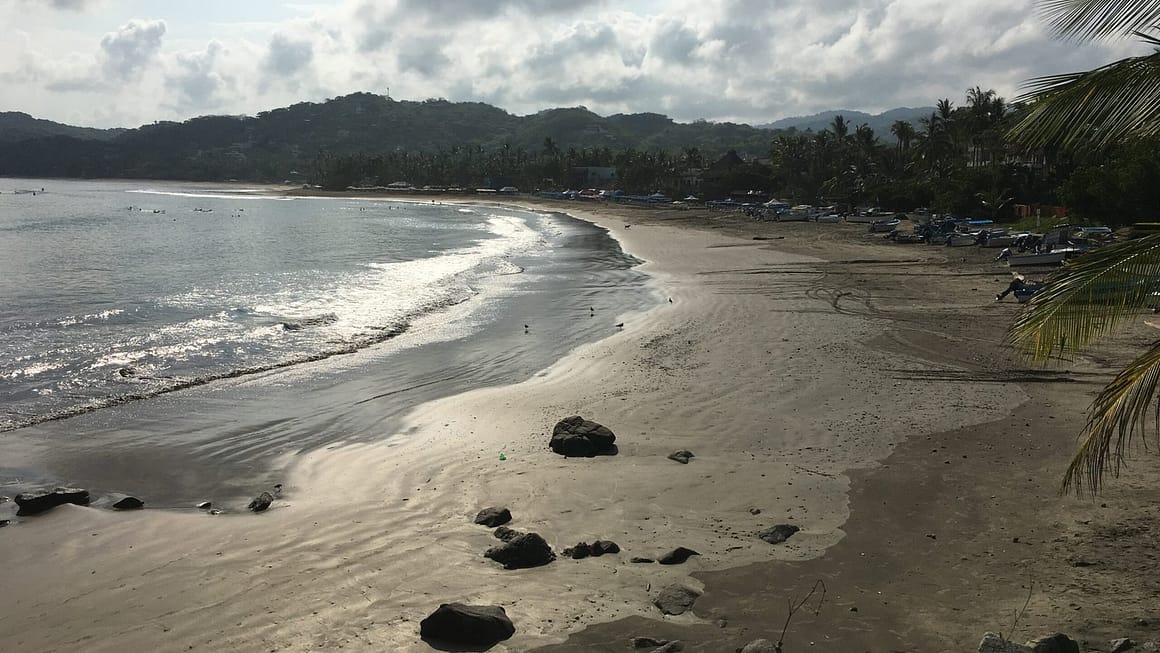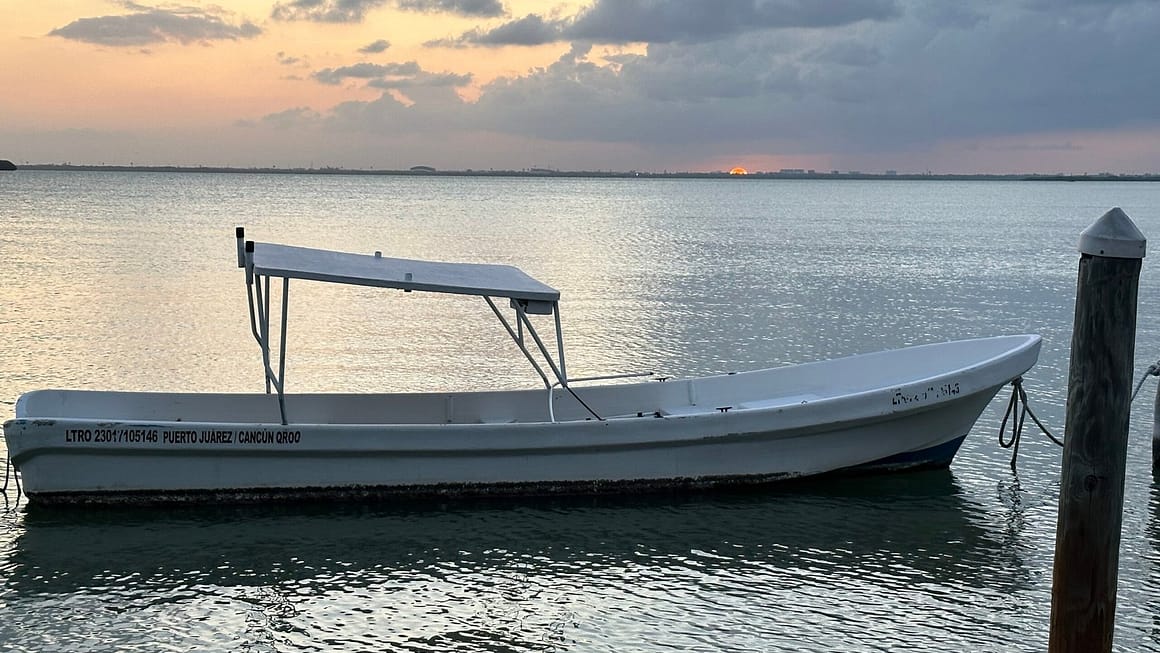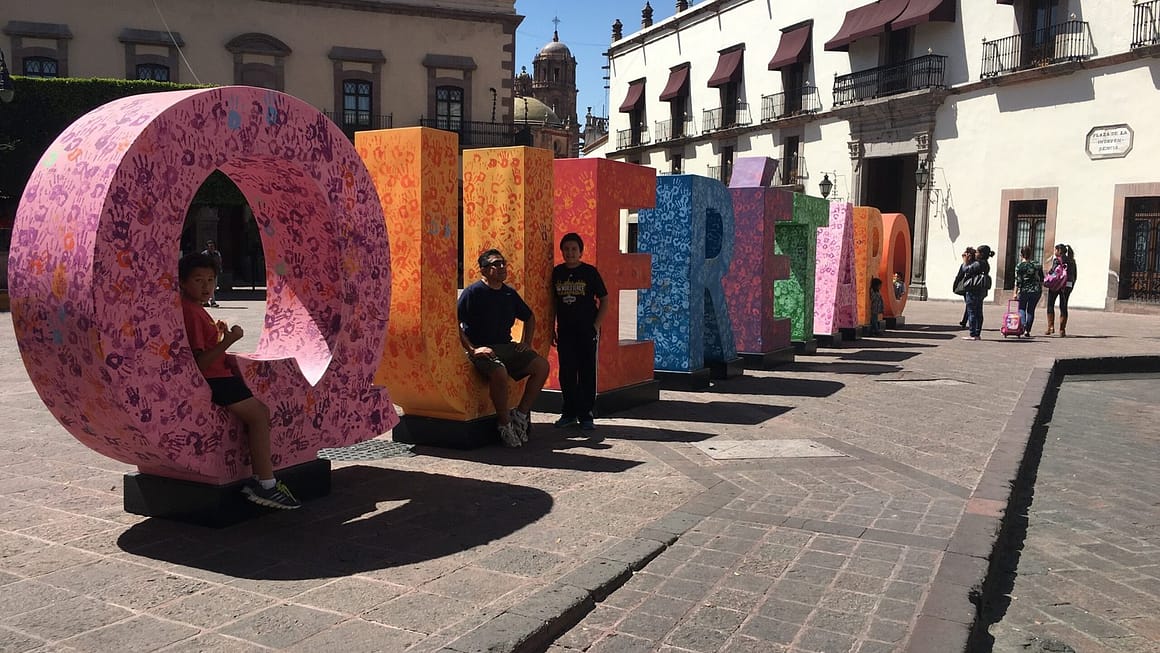Using CBX (Cross Border Xpress) from San Diego to Tijuana Airport – Super Simple and Economical
What is CBX? – Cross Border Express (CBX) is a bridge and facility connecting the Tijuana International Airport (TIJ) with San Diego county, California. This facility allows travelers to bypass the traditional land border crossing points and directly access the Tijuana airport from the US. Using CBX provides significant savings on airfare, more detail on that later. It’s far cheaper flying from Tijuana airport than it is from San Diego or Los Angeles area airports to various Mexican destinations. There are also a lot more non-stop direct route options from Tijuana.
Here’s a guide to help you navigate CBX with ease.
Before You Go
1. Purchase Your CBX Ticket
Before you head to CBX, you’ll need to purchase a ticket. You can buy tickets online through the CBX website. Tickets can range from $24 to $40, depending on the time of purchase and travel date. Keep in mind that prices may vary for round-trip versus one-way tickets.
2. Parking
You can reserve and book parking ahead of time using the CBX website as well. There are plenty of parking options available. The reserved parking lots are gated and well lit. Reserved parking sometimes sells out for long weekends so I definitely recommend pre-booking.
3. Have Your Documents Ready
Make sure you have a valid passport or an approved travel document. If you’re a U.S. citizen, your passport is necessary. Be sure to fill out the Mexican FMM form before you leave. You can complete these online and print ahead of time at: https://www.inm.gob.mx/fmme/publico/en/solicitud.html
4. Boarding Pass
Print your boarding pass ahead of time or save to your phone.
At the CBX Facility
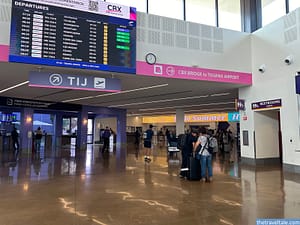
Arrive Early
Aim to arrive at the CBX facility at least two hours before your flight’s departure. This will give you ample time for parking, to go through the check-in process, clear security, and handle any unexpected delays.
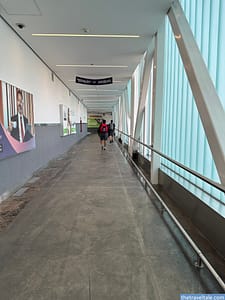
Crossing the Border
- You will need both your CBX ticket and valid boarding pass to gain entry to the border crossing bridge.
- Once you cross the border/bridge, then you’ll be directed to Mexican immigration control where you will need the FMM form.
- After passing immigration control, you end up directly inside the Tijuana airport terminal.
- If you have baggage to check, you can drop off your bags at your designated airline counter.
- Then head to Tijuana airport security and your airline boarding gate.
Boarding
Once your flight is called, proceed to the boarding gates. The CBX facility is designed for seamless transfers, so follow the signs and instructions provided by airport staff just as you would in any other international airport terminal.
Arriving Back to Tijuana
1. When you land in Tijuana, you’ll disembark directly into the Tijuana International Airport.
2. Make sure you follow the signs back to CBX in the baggage claim area. Do Not exit the secure area of the airport terminal. If you exit, you are not allowed back inside to use the CBX bridge. Then you’re stuck using the land crossing at Otay Mesa via taxi which is not as efficient. Pay attention to the signs to get back across the border via CBX inside the Tijuana airport baggage claim area. You will need your CBX ticket and boarding pass to scan at the gates again.
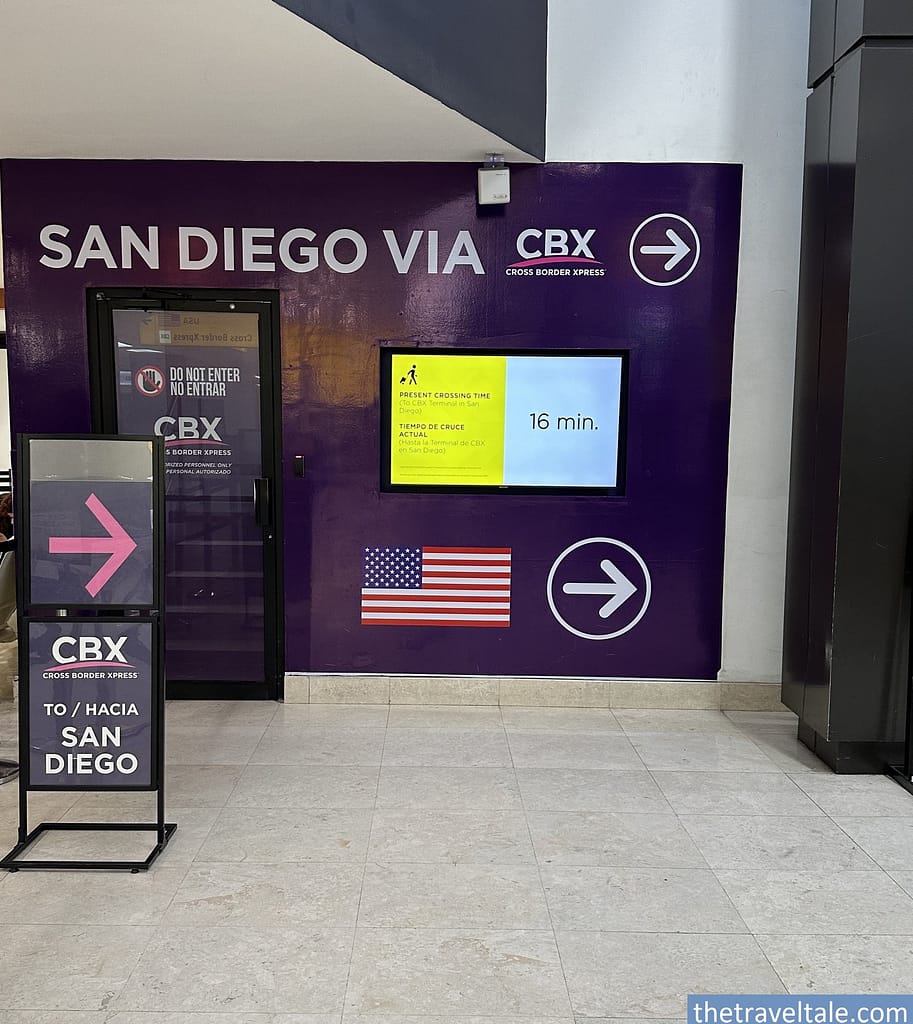
3. After crossing the bridge, a quick visit through US Customs & Immigration. And then you’re back in the US. Super simple and easy!
My weekend trip to Cabo San Lucas made easy using CBX
Often simply called Cabo, this is a sparkling gem located at the southern tip of Mexico’s Baja California Peninsula. Known for its stunning beaches, lively nightlife, and welcoming community. It’s a place that promises both relaxation and adventure. Whether you’re a thrill-seeker or just looking to unwind, Cabo has something for everyone. Let’s dive into our sun and fun filled weekend details!
Day 1: Sun, Sand, and Sea
Cabo San Lucas Marina
We started our day with a stroll around the Cabo San Lucas Marina. The marina is a bustling hub with shops, restaurants, and stunning views of the yachts and sea.
Sailing to El Arco & Playa del Amor
No trip to Cabo is complete without seeing the iconic El Arco. This natural rock formation, also known as “The Arch,” stands proudly where the Pacific Ocean meets the Sea of Cortez.
We decided on a private sailing adventure for our family. Cabo Sailing on the Liberty was a great choice. Our captain Gabriel and first mate Jorge were fabulous. Our sailing adventure began with a selection of beverages from the cabin open bar. Leaving the marina, the sea breeze and heat of the sun a welcome respite as we headed towards “The Arch” for a stop to take some magnificent photos. The arch is not only a beautiful sight but also a point where different marine ecosystems converge between the Pacific Ocean and the Gulf of California. After visiting “The Arch”, we headed out to the Pacific for some exhilarating sailing time. Upon our return we stopped at Pelican Rock and Playa del Amor (Lover’s Beach) for some snorkeling and tranquil beach time. Before heading back to the marina, we were treated to more cocktails, sandwiches, chips, fresh guacamole and fruit for lunch. What a simply fantastic day!
Day 2: Exploring Natural Wonders
UTV Tour at Migrino Beach
If you’re searching for an adrenaline-pumping adventure during your visit to Cabo San Lucas, try the UTV tours at Migrino Beach. This beach is a short 30 minute drive from the bustling heart of Cabo. Migrino Beach offers a unique and exhilarating way to explore the rugged beauty of the Baja Peninsula.
The highlight of the tour was the panoramic views of the azure Pacific Ocean in sharp contrast against the arid desert and small village of Candelaria. The landscape is a dynamic blend of sand dunes, rocky outcrops, and dusty trails. The scenery gave me a great appreciation for how diverse the landscape is in the Baja Peninsula.
Relax at Medano Beach
After our UTV tour, we spent the afternoon relaxing at Medano Beach. This is the most popular beach in Cabo offering plenty of activities like jet skiing, paddleboarding and beach volleyball. Medano is the heart of Cabo’s beach scene having plenty of bars and restaurants lining the shore. This lively beach stretches for over a mile and is perfect for swimming and sunbathing.

Day 3: Culture and Cuisine
Snorkeling at Santa Maria Beach
If you’re a fan of marine life, Santa Maria Beach is a snorkeling paradise. This protected cove offers crystal-clear waters and a rich underwater world. Santa Maria Beach is a relatively new favorite among snorkelers due to its diverse coral reefs and abundant fish species. It’s a great spot to see the underwater beauty of the Baja Peninsula.
Alternate Snorkeling Experience – Cabo Pulmo National Park
Hidden gem Cabo Pulmo National Park, a little-known spot perfect for diving and snorkeling. It’s a bit off the beaten path but offers an incredible marine experience. It’s about a 2 hour drive from Cabo San Lucas.
Visit San José del Cabo
Spend the afternoon in San José del Cabo, a charming town with a rich history. San Jose del Cabo is the ‘quieter’ neighboring town to Cabo San Lucas. This down to earth place stays a bit more authentic and true to Mexican culture. You’ll find a lot of artisanal stores near the town center. As well as evening art gallery walks.
Dinner at Flora Farms

Changes Over the Years
Cabo has evolved from a small fishing village into a major tourist destination. While some locals miss the old, quieter days, many appreciate the new opportunities and improvements that come with increased tourism. Cabo has grown rapidly, with more resorts and amenities.
Cabo San Lucas has changed significantly over the years since my first visit back in 2018, a mere 6 years later and now there is a massive ‘Tourist Corridor’. Which seems to be nothing but one large resort after another on the Gulf between Cabo San Lucas and San Jose del Cabo. The Mexican government seems to like this concept and recreating this in many coastal towns using what they learned from Cancun.
I’m not sure I understand the appeal of these large resorts. All inclusive, yes. Secure, yes, all of them have security and car gate checks before entering. But why travel to a foreign country and only see the inside of a resort? Cabo San Lucas is a safe place to visit, explore and has great restaurants. Why not support local establishments instead of these large mega corporate resorts? We had no issues being off property. It seems many of the locals we spoke to had recently relocated to Cabo for a better way of life and work. So is it possible this is a win-win for locals and tourists?
Visiting the resort supermarket, I was disappointed to see a bunch of American brands. Why is that? Is it possible that we Americans could not leave the US for a few days and not have our favorite snacks available, Chips Ahoy, Lays or Doritos instead of trying a local version of similar snacks like Chokis, Chicarones or Sabritas?
What do you think about these all-inclusive mega resorts? Send us your comments below.
Despite constantly changing, Cabo San Lucas is still one of my favorite spots to visit. This is a place where adventure and relaxation blend harmoniously. From iconic landmarks to local hidden gems, there’s so much to explore and enjoy. Whether you’re lounging on beautiful beaches or diving into exciting activities, Cabo San Lucas promises a memorable getaway. We enjoyed our trip!
Travel Logistics
How to Get There
Getting to Cabo San Lucas is easy with direct flights from major cities across the U.S. and Mexico. If you are close to the California/Mexico border. Crossing from San Diego to Tijuana Airport is definitely worthwhile.
Savings Comparison:
1. From US airport – total cost $715
Non-stop Roundtrip Flight San Diego or Los Angeles to Cabo San Lucas: $625
Parking for 4 days: $90
2. Using CBX – total cost $250
Non-stop Roundtrip Flight Tijuana to Cabo San Lucas: $150
Parking for 4 days: $60
Round trip CBX ticket: $40
I don’t know about you, but for me $250 vs. $715 = $465 savings; that is some significant savings!!
Disclosure: This post may contain links to specific product or service websites. When you click on and/or make a purchase through a product or service link placed on our website, we may receive a small commission or other form of compensation at no additional cost to you. Read more on the Policy & Disclosures page. Thank you for supporting thetraveltale.com!
Local Weather
Cabo San Lucas enjoys a warm desert climate with temperatures ranging from 70°F to 90°F. The best time to visit is from October to May when the weather is pleasant and ideal for outdoor activities.
Best Time to Visit
The peak tourist season runs from December to April when the weather is ideal. However, visiting during the off-season can mean fewer crowds and lower prices.
Local Currency
The local currency is the Mexican Peso (MXN). While many places accept U.S. dollars, it’s a good idea to carry pesos for smaller transactions.
Local Language
Spanish is the primary language, but English is commonly spoken in tourist areas.
Hotels
Villa La Estancia – These villas are one of our favorites. The property is located right on Medano Beach, close to downtown Cabo (about 5 min taxi ride). The property itself has a nice pool and swim-up bar. And is part of a larger complex with 2 other resorts so there are plenty of restaurant options on site if you decide not to do your own cooking in your villa kitchen. The villas are individually owned and managed by the Villa Group. You can book directly with the Villa Group, but you’ll get better rates booking direct with owners using Airbnb.
Villa La Valencia – Another Villa Group property located in the ‘Tourist Corridor’. This is a newer property and nicely appointed rooms. It’s farther from downtown Cabo San Lucas, about 15 mins by taxi. The hotel is beachfront with good beach access. The property has a long lazy river around the pool complex.
Restaurants
Mariscos Las Tres Islas – Revolución de 1910 23469, Downtown, Juárez, 23469 Cabo San Lucas, B.C.S., Mexico. This is the best seafood restaurant in Cabo. Deep fried dorado, garlic butter lobster, bacon wrapped shrimp and the largest oysters I’ve ever seen…need I say more?
Tacos Gardenia – This is a low key restaurant, but don’t let that dissuade you. They have the best shrimp and fish tacos.
Café de Ciudad – Av. Leona Vicario, El Medano Ejidal, 23477 Col del Sol, B.C.S., Mexico. Enjoy a hearty breakfast with excellent coffee. They offer delicious coffee and a variety of Mexican breakfast dishes.
